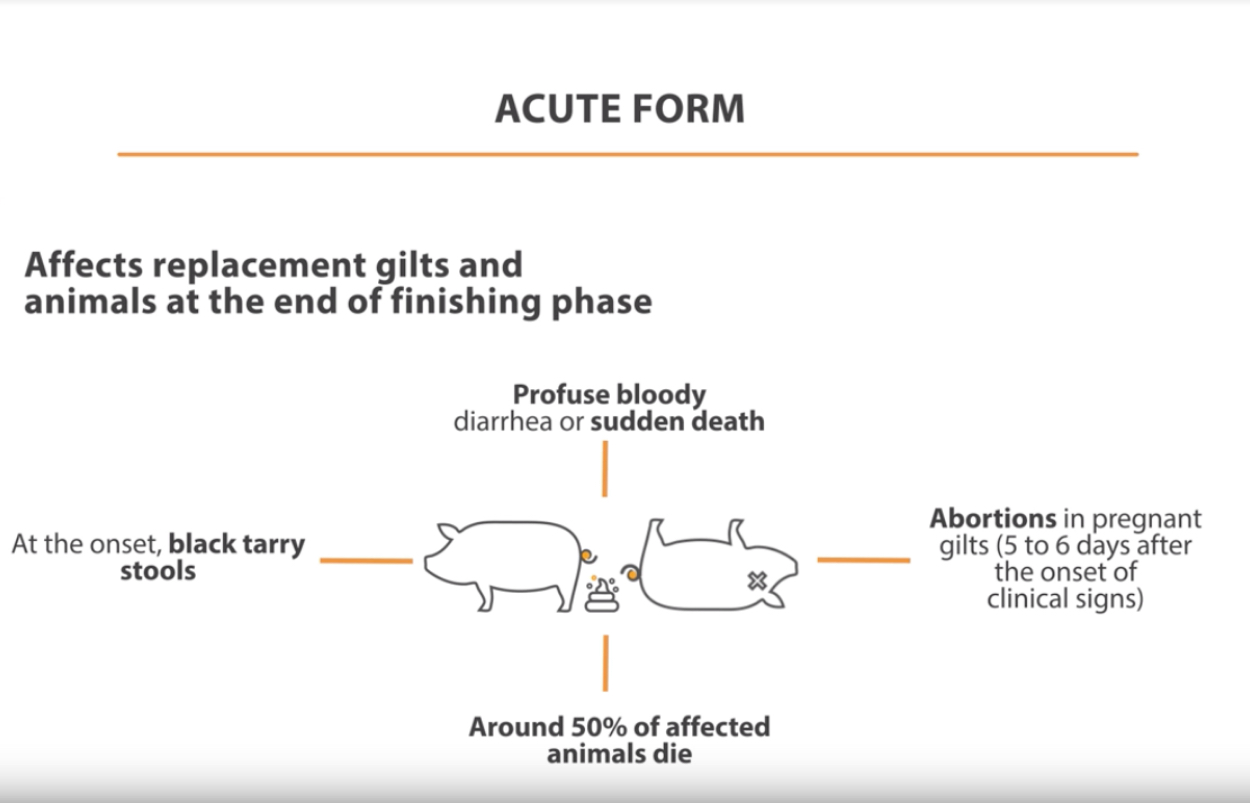
The Disease
Prevalence of ileitis
The indications are that nearly all pig populations are susceptible to Lawsonia Intracellularis
Learn more about its consequences on production
Ileitis is widespread in swine herds of different production systems worldwide. This disease is present in every single country that has a significant commercial swine production industry. It was the most frequent cause of disease in grower/finisher pigs reported in the 2000 National Animal Monitoring System survey, occurring on more than one-third of all sites and reported on 75% of large sites (10,000 or more total inventory) (Highlights, 2002).
Studies have shown that the prevalence of PE positive herds ranges from 15 to 100% in different countries, depending on the diagnostic test used.

History and Etiology of ileitis

Epidemiology of ileitis

Pathogenesis of L. Intracellularis

Clinical signs and forms of ileitis

Diagnosis of ileitis

Treatment of ileitis

Prevention of ileitis

Potential impact of the reduction of antibiotics


